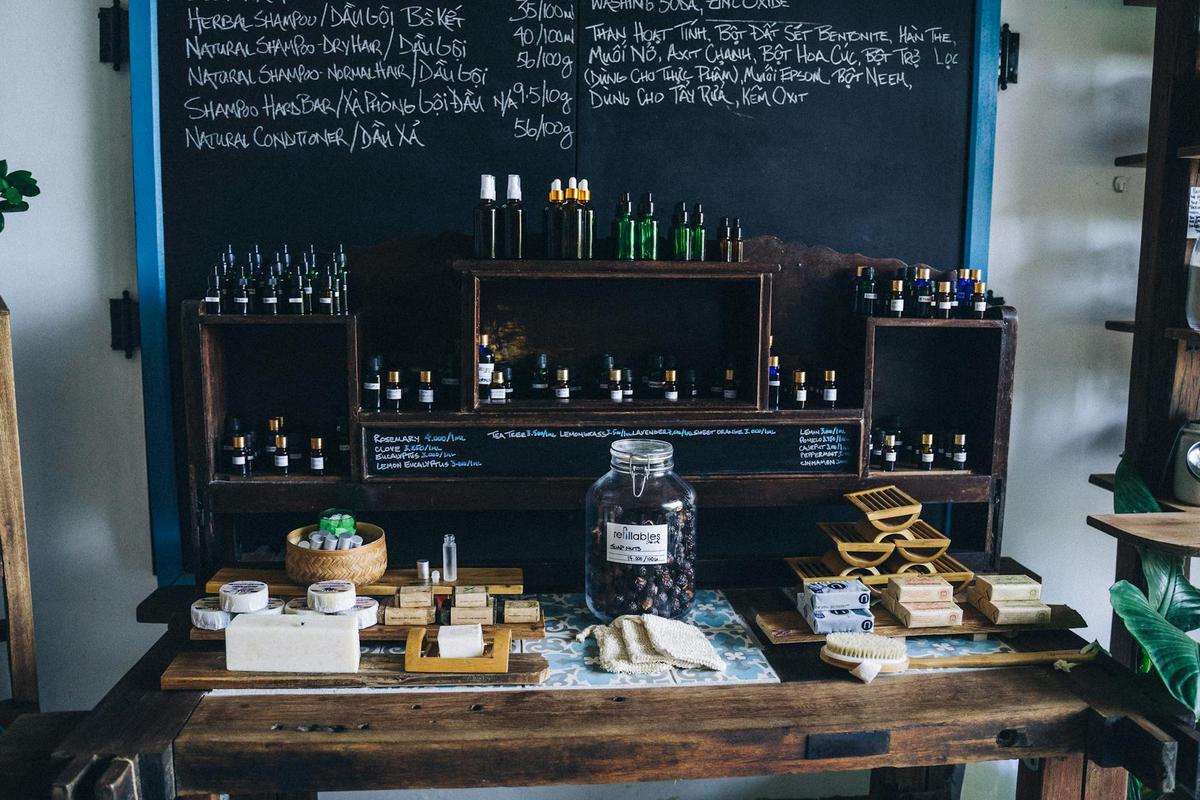
Understanding the Impact of Skincare Packaging on the Environment
As the beauty industry continues to grow, the impact of skincare packaging on the environment has become an increasingly important topic. Understanding how our choices affect the planet can empower consumers to make more sustainable decisions.
Skincare Packaging and Its Environmental Footprint
Skincare packaging plays a significant role in environmental sustainability. According to a report by Zero Waste Week, the cosmetic industry produces over 120 billion units of packaging annually, contributing to plastic pollution and landfill waste. The impact is not just limited to waste; production and transportation also add to the carbon footprint.
Expert Opinions
Dr. Emma Watson, an environmental scientist, emphasizes that “reducing packaging waste is crucial for minimizing environmental harm. Opting for minimal packaging designs or refillable options can significantly cut down on waste.” Her insights encourage consumers to consider packaging as part of their purchase decisions.
Statistics and Research Findings
Research by the Ellen MacArthur Foundation highlights that only 14% of plastic packaging worldwide is collected for recycling, with a mere 9% actually being recycled. These figures show the urgency of improving packaging practices within the skincare industry.
Personal Anecdote
Consider the experience of Maria, who switched to a brand offering refillable containers. She found that not only did her waste reduce significantly, but she also saved money in the long term. This personal shift not only benefits the environment but also creates a positive impact on her lifestyle.
Actionable Tips for Sustainable Choices
- Choose brands that use recyclable or biodegradable materials.
- Support companies that offer refillable or reusable packaging.
- Participate in recycling programs or initiatives by skincare brands.
- Reduce consumption by opting for multi-use products.
Comparison Table: Traditional vs. Sustainable Packaging
| Feature | Traditional Packaging | Sustainable Packaging |
|---|---|---|
| Material | Plastic, non-biodegradable | Biodegradable, recyclable |
| Carbon Footprint | High | Lower |
| Reusability | Single-use | Refillable, reusable |
| Cost | Often lower initially | Cost-effective long-term |
| Environmental Impact | Negative | Positive |
| Availability | Widespread | Increasing |
| Consumer Appeal | Convenience | Eco-conscious |
| Innovation | Limited | Growing |
FAQs
What materials are considered sustainable for skincare packaging?
Materials like glass, bamboo, and post-consumer recycled plastics are often deemed sustainable.
How can I find brands that focus on sustainable packaging?
Look for certifications from recognized environmental organizations and research brand sustainability practices.
Conclusion: Taking Action for a Greener Future
Understanding the impact of skincare packaging on the environment is a step towards making more conscious choices. By supporting brands that prioritize sustainability and adopting eco-friendly habits, consumers can contribute to a healthier planet. Every small change counts, and together, we can drive the beauty industry towards a more sustainable future.


